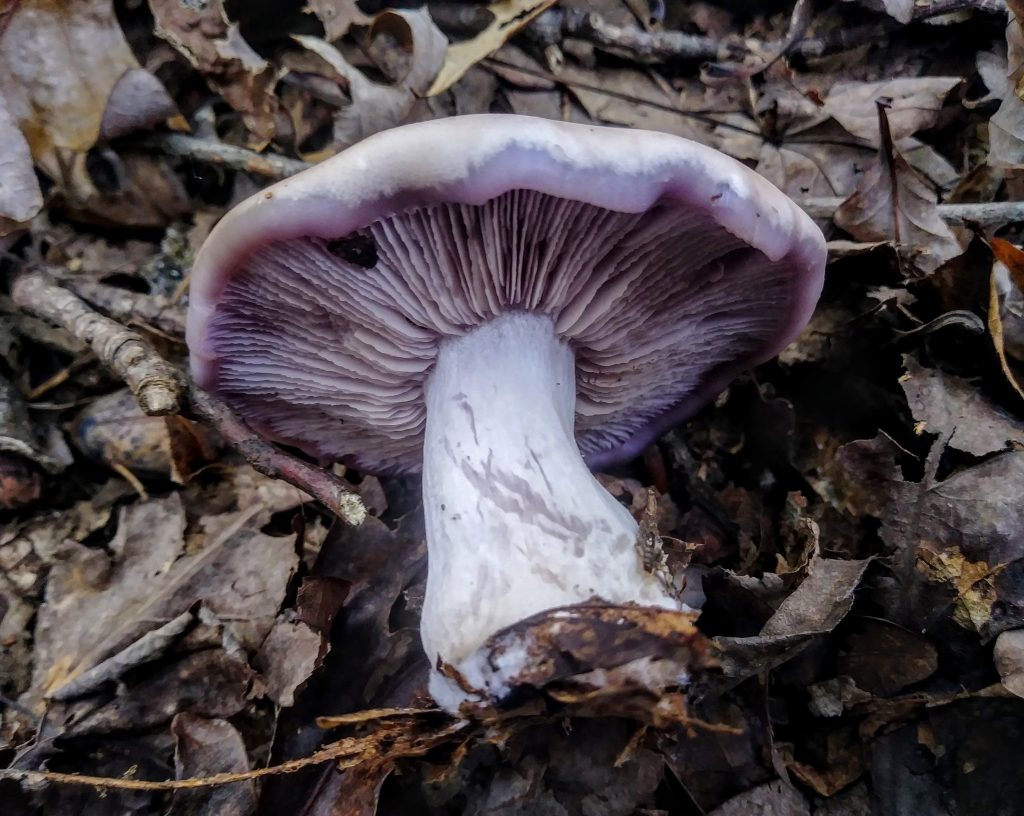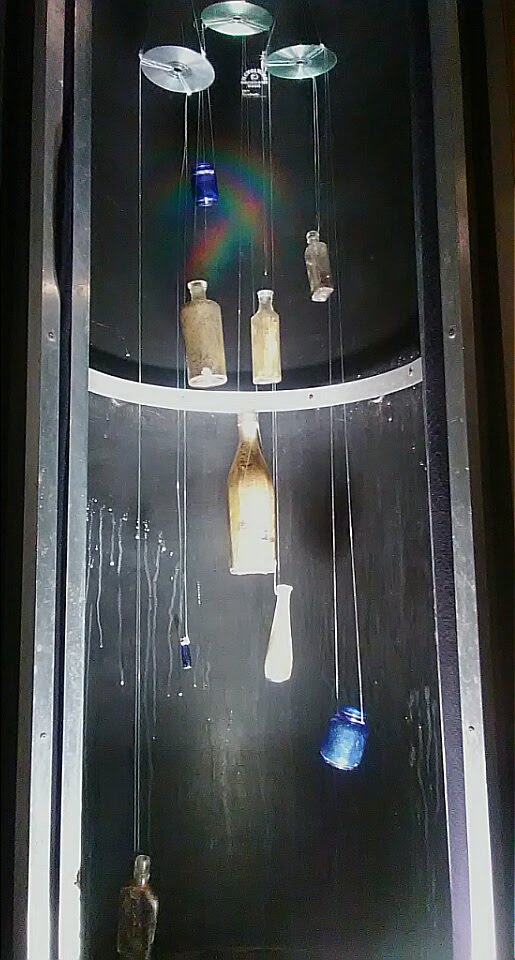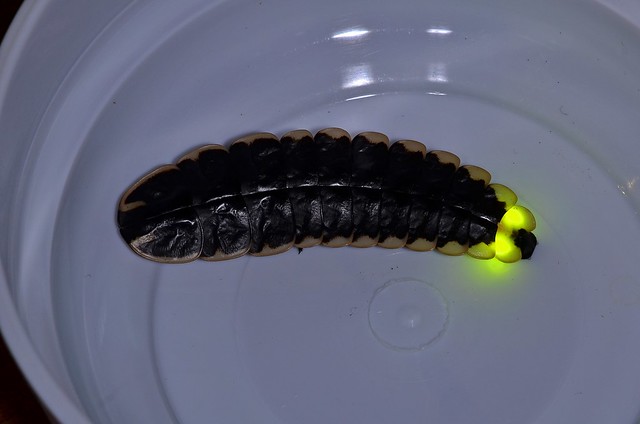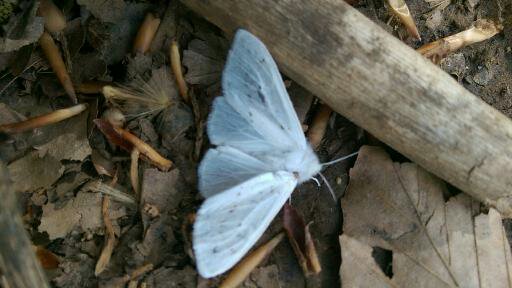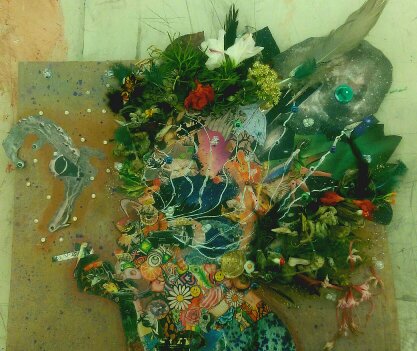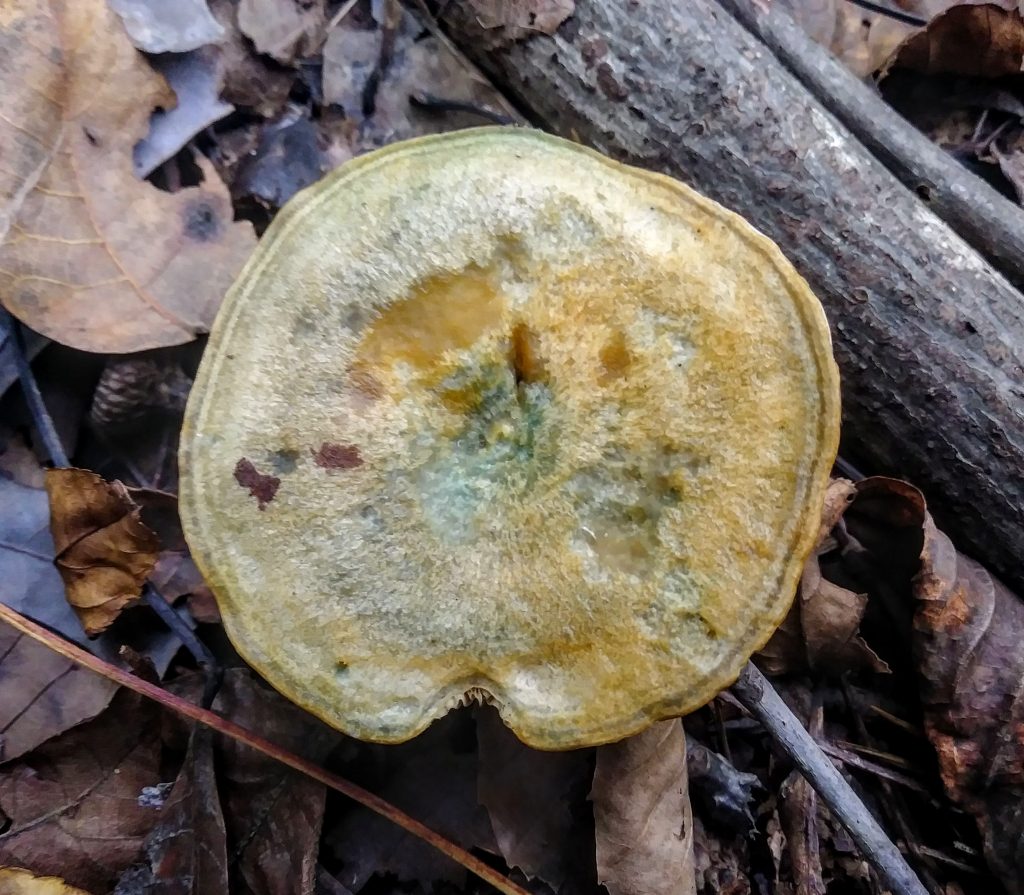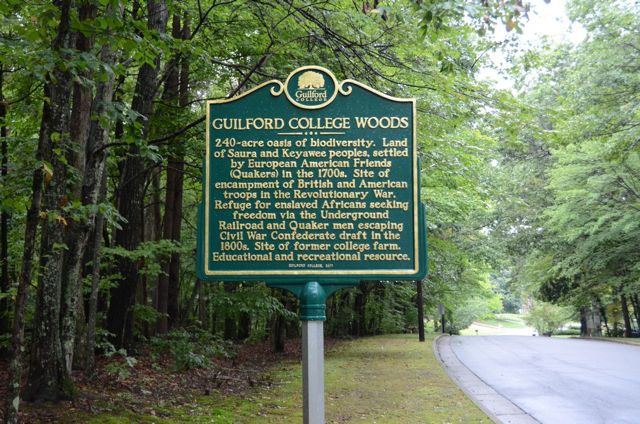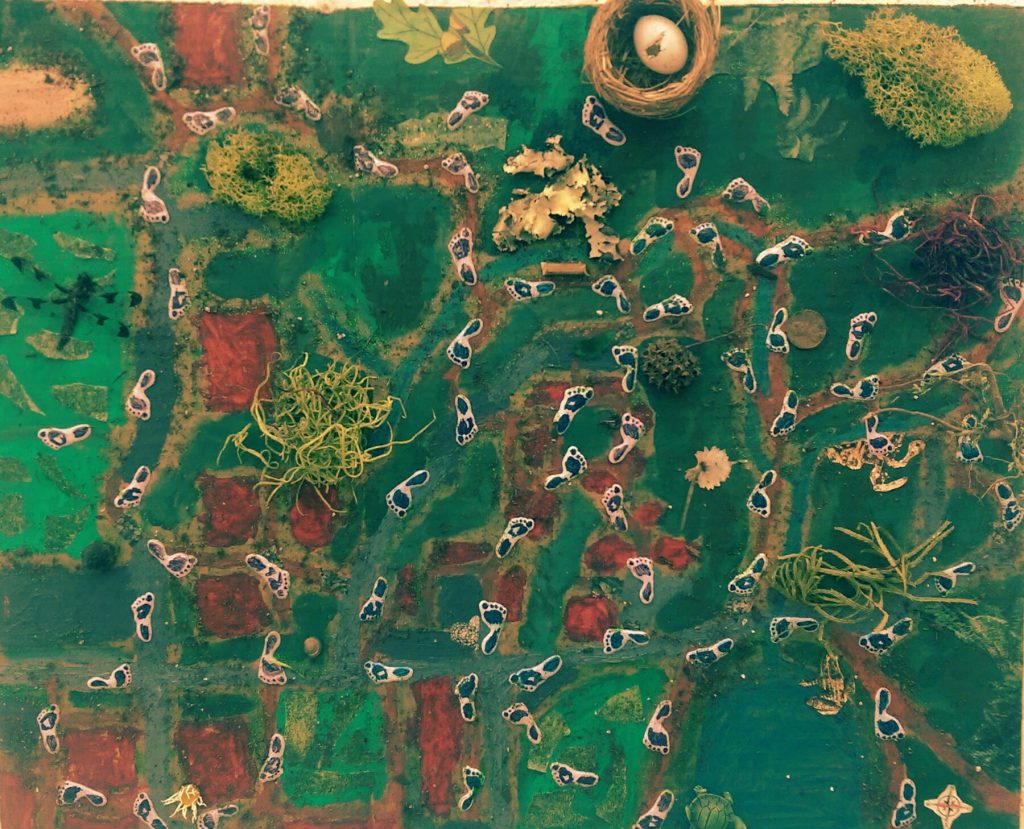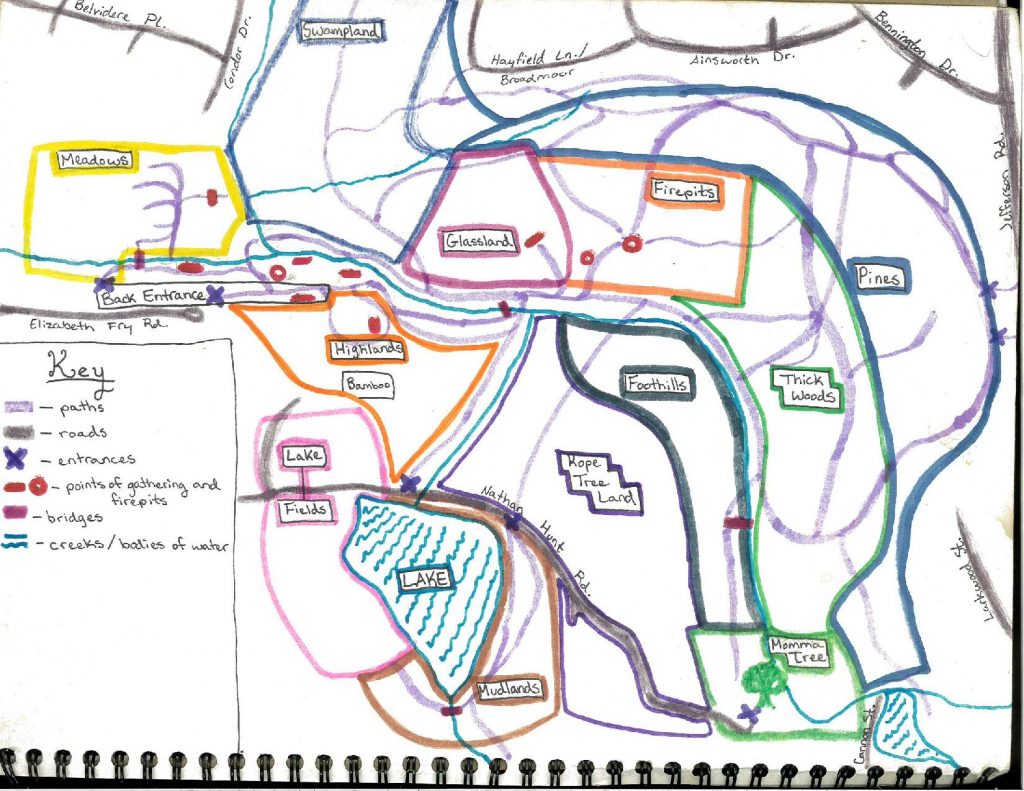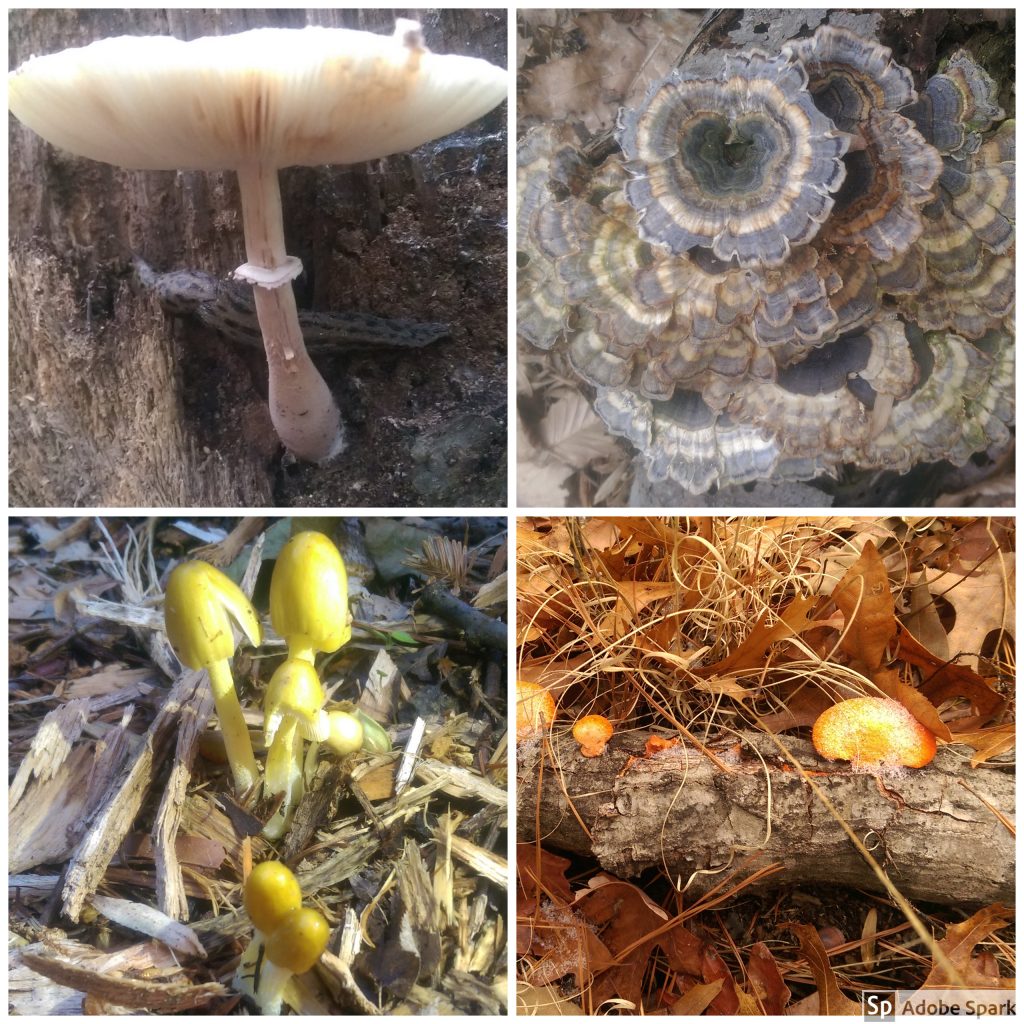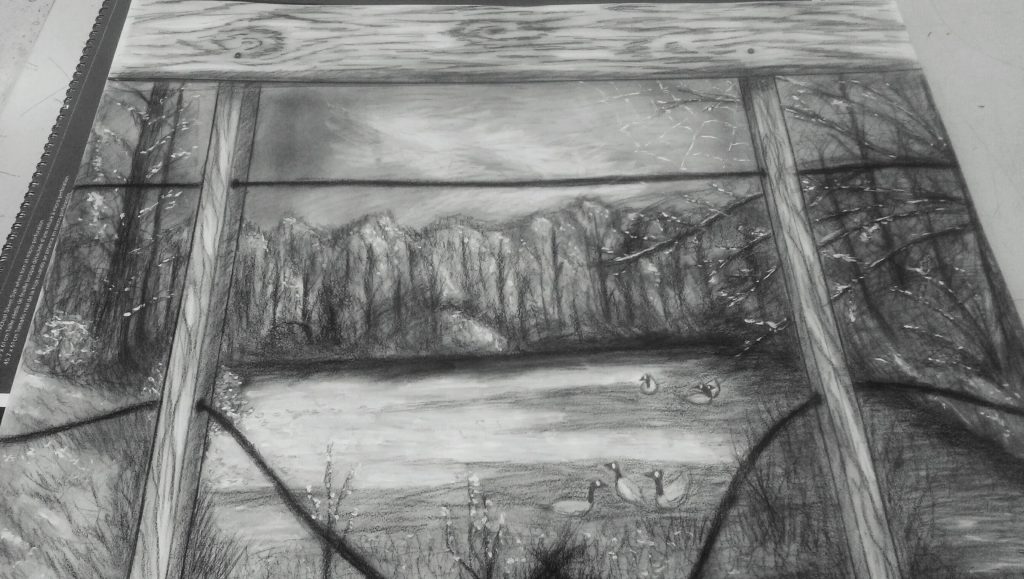One final element of the Guilford Woods I’d like to highlight is the sky, with all of its striking colors, darks, and lights. Coming from 2 places where sunsets are almost mandatory to watch (Colorado’s sky was always beautiful, and Alabama’s was only gorgeous because of the excessive pollution), I had high expectations. Needless to say, I was not disappointed. I think it was the variety that struck me. Morning sky could be both foreboding and warming, midday could be bright and still or hazy and relentless, and afternoon to night could be somber yet animated. One of the first skies I remember that literally stopped me in my tracks was a winter sunset that captured the stillness and vibrancy of the time and place. It was one of the first photographs of Guilford on my phone and I’ll never forget that moment.
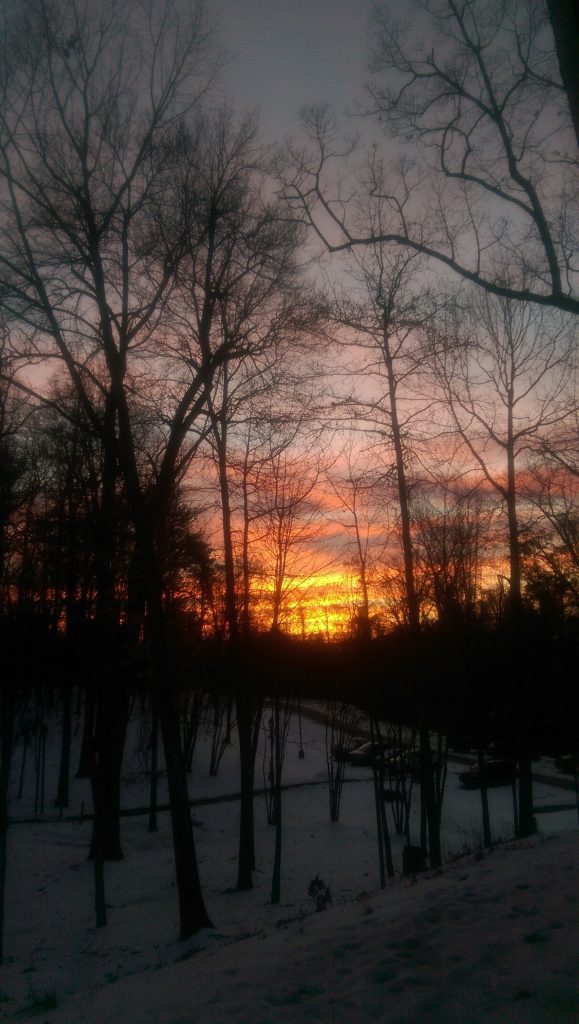
I remember trying to explain the sky here to my mom in Alabama and for some reason, it’s just so difficult to put the sky into words. One, because it is always steadily changing (which makes it hard to paint or draw as well), and two, because as humans, we simply lack the vocabulary to accurately describe pure beauty. We’ve talked about the concept of pure evil and pure good, and again, it comes down to our basic understanding of the word “pure”, because humans are not “purely” one thing or the other, and it’s not something we can readily define. This is why I’m a better artist than I am a writer. When I fail to discover words, I make up for it in paint, graphite, and collage/sculpture. Art is my language, so I’ve been trying to render the beauty of the woods for years in the only way I know how. When my mom couldn’t understand my imagery through language, I created a piece that tried to convey what I was getting at.
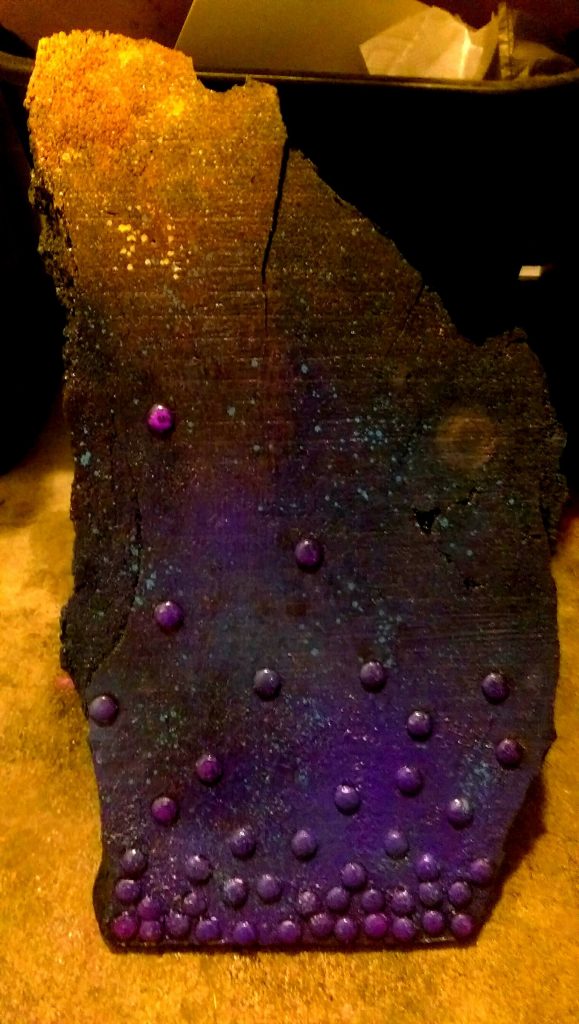
I’m not just interested in daytime sky either. Nighttime is a far more mysterious and alluring period and I’m confused when I hear people say they don’t go into the woods at night. The only sense of doubt I’ve had was once when I was a freshman and I was part of a group doing some night exploring. We got to a gathering spot and began talking about the day, when I noticed a flash out of the corner of my eye. I jerked my head to the direction it came from and I waited until I saw it again. About the size of a baseball, about 15 yards from where we sat, I witnessed a glowing red orb, fading in and out, expanding and decreasing, bobbing and jerking in different directions but all within the same area, to the north of us. My first thought was a flashlight, but it didn’t corroborate, so I finally spoke up and mentioned it. Before I could even left my arm to point at it, all three members had already noticed it and lowered their heads, urging me not to look at it or pay it any attention. It took them a while to convince me to not acknowledge the red light, but I had so many questions. After many personal stories, myths, and legends, I was left with the impression that there are lights or “will-o’-the-wisps” in the woods that are always there and I’ve seen many (of several different colors) since then. The only rule when you see one, is to NOT follow it. I was told stories of people following the lights and getting lost for hours and days, or simply being led through portals and alternate dimensions. I know it all sounds a bit loopy, but hearing the stories and seeing the evidence has me definitely convinced that paranormal/extraterrestrial things could be at play in this historic forest.

